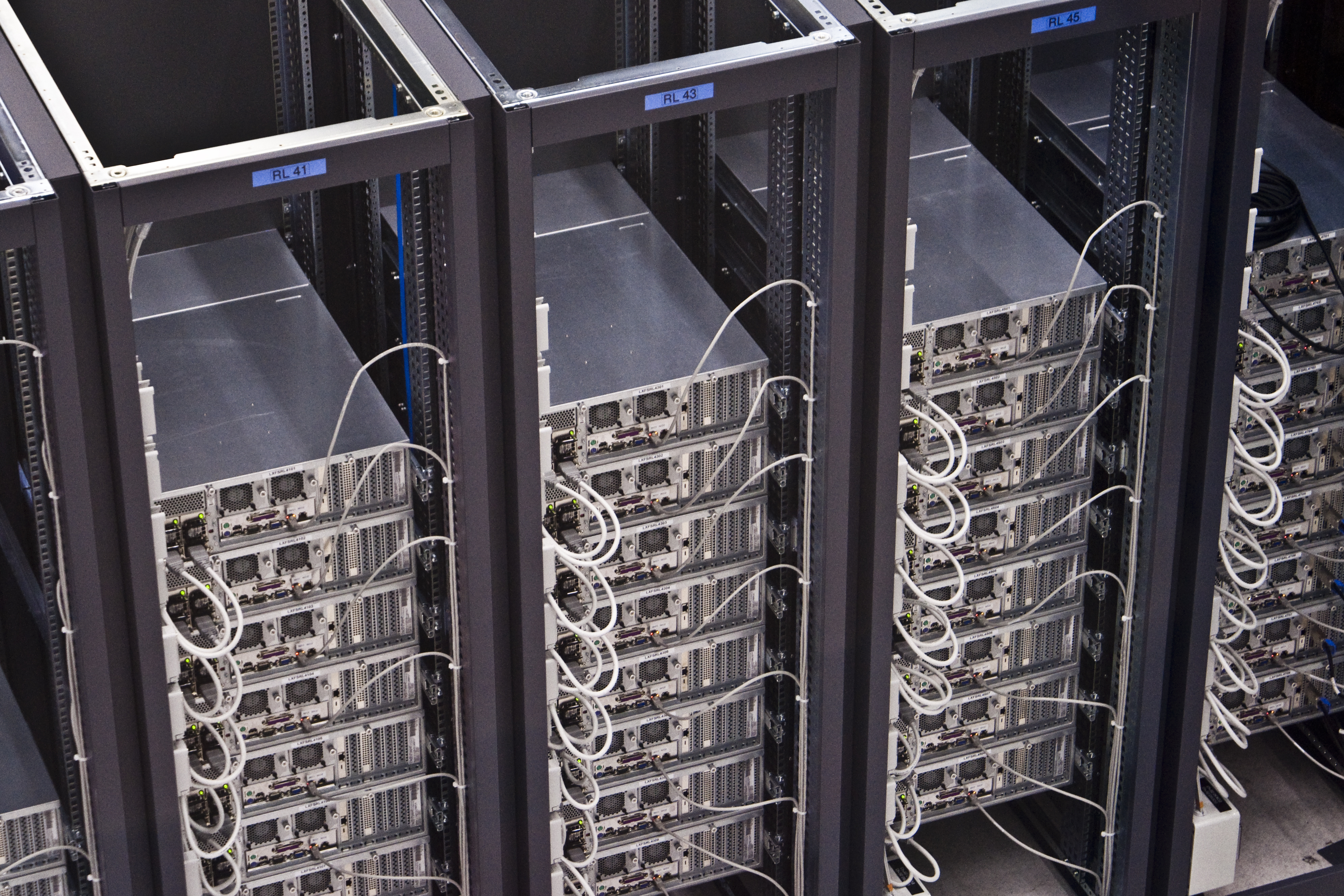There has been a growing trend in the internet world to use the Content Delivery Network in order to get data through nodes in an effective manner. The CDN, or Content Delivery Network, allows for information to travel in a fast, secure, and reliable manner. The premise of the CDN rests with the strategic placement of servers across various locations, ensuring smoother and faster delivery of data. Here is an overview of the advantages and disadvantages of the Content Delivery Network.
Advantages of a Content Delivery Network
1) Increase of Simultaneous Users
A CDN that is operating properly can ensure that a network has a very high data threshold. This high threshold will ensure that a great deal of users can access the network at the same time, without experiencing delays or loss of coverage. For example, a CDN can ensure that there is a capacity of 10 x 100 GB/s where needed. Compare this to regular networks, where a backbone of 2 TB per second can only provide 100 GB/s of data coverage.
2) Low Server Load
A CDN operates in a very strategic manner, with nodes placed in order to achieve maximum efficiency. This ensures that a server is never bogged down, even during heavy duty traffic hours.
3) Speedy Content Delivery
Servers are situated in a strategic manner, which means that they are as close to a certain group of users as they can be. This positioning ensures that latency, packet loss, and slow data speeds are not an issue. There will be next to no streaming issues, network freezes, download speed slumps, and other problems related to the network.
4) Constant Availability
Servers in the CDN are always running, which means that websites connected to the CDN will never experience any down time. This is not the case with all networks, where websites traditionally go down during particular hours of the day/week.
5) Asset Delivery Control
Network load and asset delivery are expertly monitored by CDN technology. This ensures that operators can look at real time load statistics in order to determine where to prioritize extra capacity. For example, if a particular region is suffering from overload on the server, operators can direct extra bandwidth to ensure smooth running of all systems.
Disadvantages of a Content Delivery Network
1) Impracticality
The fact of the matter is that the CDN requires servers to be placed in strategic locations, which is difficult for most organizations. The internet is a global game, with people going to websites from all over the world. It may not be possible for middle or small sized organizations to implement the CDN effectively.
2) CDN Cost
The CDN is often operated by third party networks. This means that a website, or a server company, would have to instill the help of another company to install their network. This often results in high costs, given the work that is associated with starting up a new CDN network.
These high costs mean that while CDN networks are a great option for larger organizations, they are not the way to go for smaller companies.
3) Support for CDN
Considering the fact that the CDN is often run by third party companies, any outages or malfunctions can take a long time to fix. While these issues do not happen often, when they do occur they are very problematic.
The fact of the matter is that the CDN is a very effective network, if it is installed and maintained properly. This means that having a CDN is not practical for many organizations, especially those that draw visitors from all over the world. If a small internet blog is receiving hits from India and the United States, how are they expected to effectively run a CDN?


